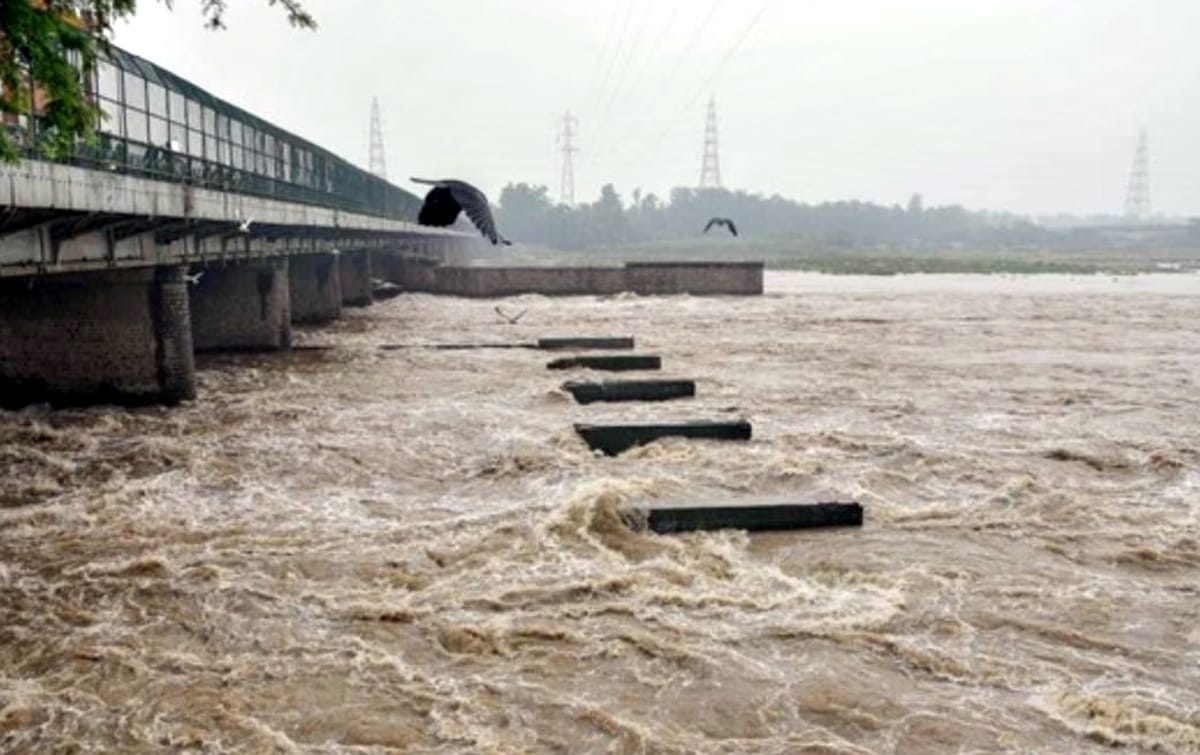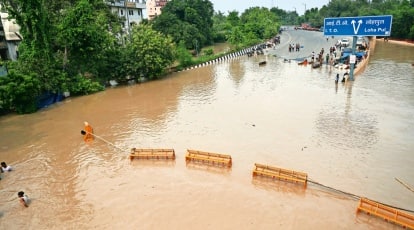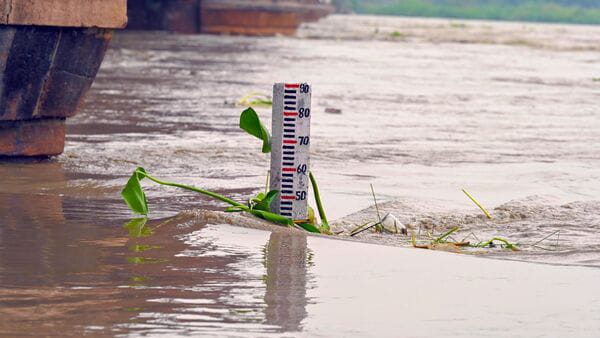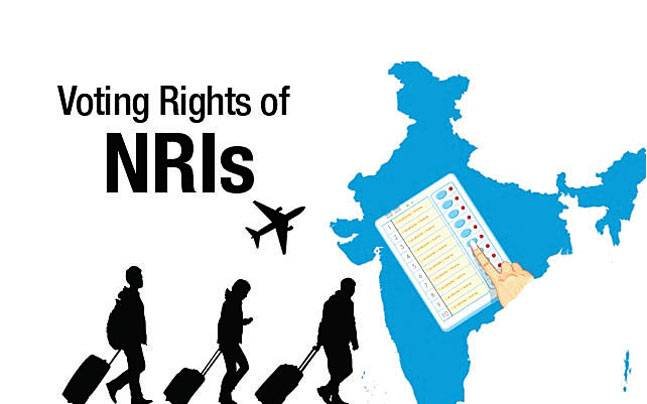On Friday morning, the water level of Delhi’s Yamuna River fell below the danger threshold.
According to the Central Water Commission’s most recent report, the water level at the Old Railway Bridge in Yamuna was 205.25 meters on July 21st morning. From the 205.35 meters measured on Tuesday night, this is a further drop.
Due to recent rains in the nearby state of Haryana, the river’s water level slightly increased on Monday.

The Yamuna has a danger mark of 205.33 meters, which it crossed on July 10 and caused significant flooding in Delhi.
The Delhi administration has relaxed the restriction on the admission of big vehicles into the city since the situation with the waterlogging has improved.
According to an official release, “With effect from July 19th, all restrictions imposed as per the orders on July 13th and 17th will be lifted due to the improvement of the flood situation and descending water level of the Yamuna River.”
The city’s low-lying districts were damaged by the rise in the Yamuna’s water level, which caused flooding and forced displaced inhabitants to relocate to relief camps established by the Delhi government.
The Yamuna had previously topped out at 208.66 meters last week and had been flowing above the danger mark for eight days before to Tuesday night’s decline below it.
In several sections of Delhi, waterlogging and flooding problems were produced by the Yamuna’s swollen river due to the Yamuna’s upper catchment areas’ excessive rainfall. In addition to causing substantial damage to property, companies, and way of life, the floods forced the evacuation of nearly 27,000 people from their homes.

Experts blame extraordinary floods in Delhi on man-made elements such silt deposition, encroachment on the river floodplain, and restriction of the Yamuna’s natural flow. Rajendra Singh, a well-known advocate for water conservation, underlined the necessity for effective effort from essential agencies to make Delhi drought- and flood-resistant, putting aside political differences for a shared objective.
Due to the flooding of a pump house in Wazirabad following the most recent rains, the water supply to the city’s treatment plants was hampered. The Wazirabad, Chandrawal, and Okhla water treatment plants, which together provide around 25% of the city’s total supply, receive their raw water from the pump house.
Also Read: Tomato price touching sky…Know These 8 ingredients To Make flavorful Indian Dishes



